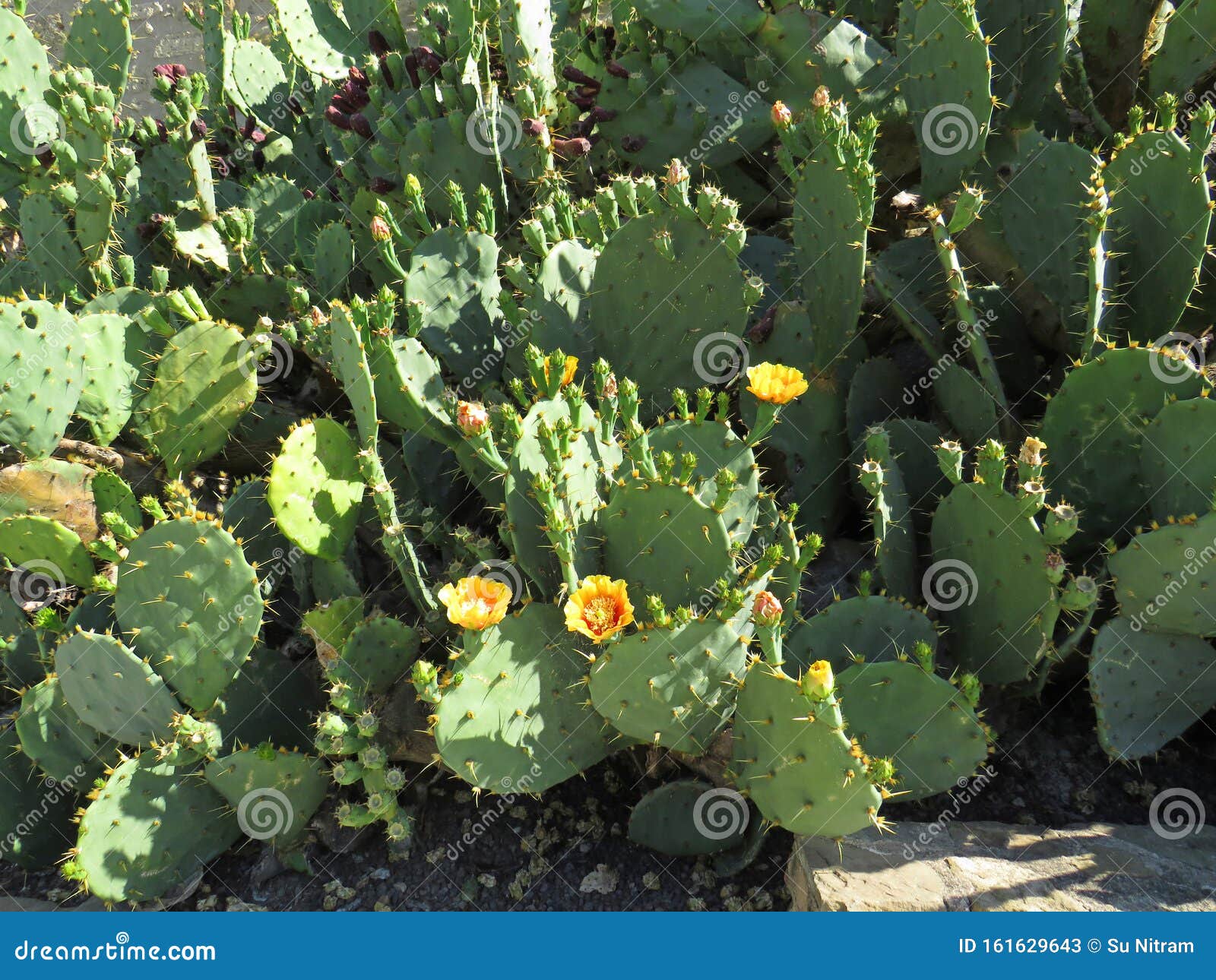When it comes to the diverse and fascinating world of cacti, the striking yellow flower is a particularly enchanting feature. The vibrancy of these blossoms stands in stark contrast to the often rugged, spiky exterior of the cactus, creating a striking visual appeal that delights both gardeners and nature enthusiasts alike. This article seeks to explore various cactus species that bloom in yellow, delving into their unique characteristics, ideal growing conditions, and the broader context of their natural habitats.
Understanding the anatomy and ecology of cacti is essential for appreciating their beauty. Cacti belong to the family Cactaceae, encompassing a wide array of forms, sizes, and colors. Among the many species, some stand out for their stunning yellow flowers, which serve both aesthetic and ecological functions.
Let’s embark on a journey to discover some of these remarkable cacti.
Characteristics of Cacti That Bloom Yellow
Yellow blooms in cacti can range from soft pastel shades to vibrant, almost iridescent hues. These blossoms often develop in spring or early summer, coinciding with the natural bloom cycles of the plants. Some notable yellow-flowering species exhibit unique traits, such as:
Opuntia species (Prickly Pear Cactus)
Opuntia, commonly referred to as the prickly pear cactus, is perhaps one of the most recognizable groups of cacti to produce yellow flowers. The pads of this cactus can be flattened and are often adorned with harmless spines, while its flowers can vary from bright yellow to rich gold. The blooms are generally large, ranging from three to five inches across, and have a stunning cup shape opening in the daylight. Following fruiting, these cacti yield edible pads and prickly pear fruit, commonly used in culinary applications.
Echinopsis species
Another remarkable genus, Echinopsis, features numerous cultivars that produce vibrant yellow flowers. Commonly known for their spherical to cylindrical shape, Echinopsis cacti can exhibit flowers that span several inches. These blossoms come alive at night but are short-lived, often wilting by morning. Their stunning appearance makes them a favorite among collectors.
Ferocactus species (Barrel Cactus)
Barrel cacti, notably those in the Ferocactus genus, can also present magnificent yellow flowers. These robust cacti are typically barrel-shaped and can grow quite large. Their flowers bloom at the crown of the cactus during the warmer months, offering a visual treat that is not easily forgotten. The yellow flowers can be accompanied by red, orange, or even purple hues, adding variation and depth to the stunning display.
Ideal Growing Conditions for Yellow-Flowering Cacti
To cultivate cacti successfully, it is essential to understand their natural growing conditions. Most cacti thrive in arid environments where they receive ample sunlight and minimal water. Here are a few crucial aspects to consider:
Sunlight
Cacti with yellow flowers typically flourish in areas with full sun exposure. It is recommended to provide at least six hours of sunlight daily. In regions with high temperatures, some shade during the hottest parts of the day can prevent scorching, especially for younger or newly potted plants.
Soil
Well-draining soil is vital for these plants. A cactus mix or a combination of sand, perlite, and potting soil works exceptionally well. The drainage prevents water accumulation around the roots, which can lead to rot—a common issue for many cactus species.
Watering
Cacti store moisture in their stems, reducing their need for frequent watering. During the growing season (spring to summer), watering should be done when the top inch of the soil feels dry. In the dormant season (fall and winter), reduce watering even further. Over-watering is a frequent cause of cacti demise, particularly for the yellow-flowering types.
Seasonal Blooming and Care Practices
One of the most captivating aspects of cacti is their annual blooming cycle. Proper care during the right seasons can maximize the chances of a spectacular display of flowers.
Spring Awakening
As temperatures begin to rise in spring, yellow-flowering cacti enter their active growth phase. Fertilizing with a cactus-specific fertilizer can stimulate growth and enhance blooms. Native pollinators are drawn to these flowers, playing a vital role in the cactus’s reproductive process.
Summer Splendor
During the summer, attention should be directed toward careful watering practices. As blooms appear, the flowers rely on consistent hydration to maintain their vibrancy. This period is also critical for observing pests, which may find the blossoms appealing.
Autumn Transition and Winter Resting
In autumn, as temperatures drop and daylight decreases, cacti should be prepared for dormancy. Reduce watering significantly and avoid fertilization during this period. Protect the plants from frost exposure, particularly in non-native environments.
Conclusion: A Vibrant Addition to Any Garden
In summary, cacti that bloom yellow are not merely beautiful but also adaptable and resilient plants that can thrive in various conditions. Their vibrant floral displays can breathe life into any garden, making them a wise choice for both novice and seasoned horticulturists alike. With proper care, passionate cacti enthusiasts can witness the full splendor of these magnificent species, celebrating the incredible diversity within the world of botanical wonders.





Leave a Comment